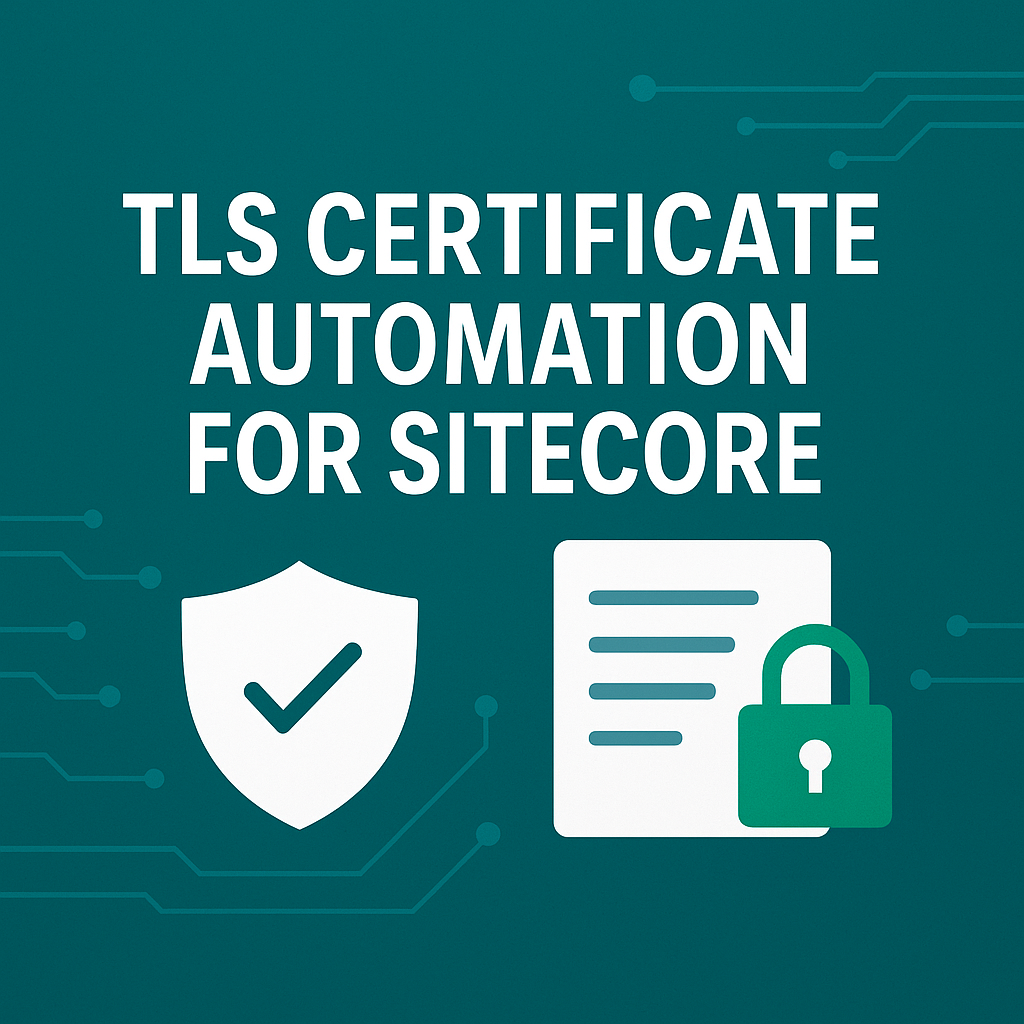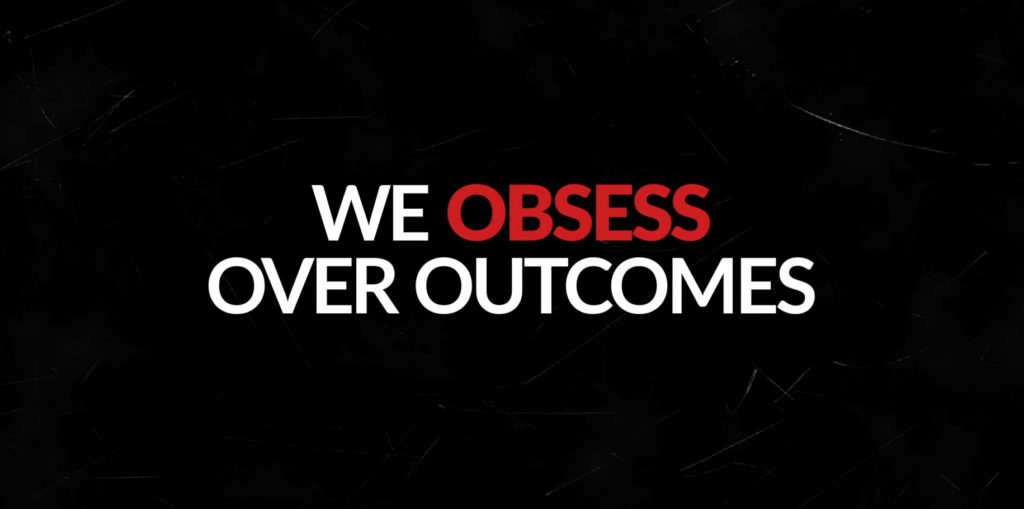Conversion rate is a metric that measures the percentage of website visitors who take a desired action, such as making a purchase, filling out a form, or signing up for a newsletter. It’s one of the key metrics for measuring the ROI of the products or services.
By improving the conversion rate, businesses can increase their revenue from the same amount of traffic to their website, improve customer experience, data-driven decision-making, and gain a competitive advantage. We can help you with it.
Conversion Rate Calculator = Number of conversions/ Number of interactions
For example, if you had 60 conversions from 1,000 visits, your landing page conversion rate would be 6%, since 60 ÷ 1,000 = 6%.
Follow these proven tips to convert your website visitor into customers.
Tip #1: Improve Your Website’s User Experience
It’s one of the major factors in the conversion rate. A positive user experience can lead to increased engagement, higher conversion rates, and repeat visits, while a negative user experience can result in high bounce rates. It’s easier for users to navigate and take desired actions on the website.
Here are some ways to improve the user experience on a website:
Simplify the design & provide a clear call to action.
Consider using clear headings, intuitive menu structures, and breadcrumb trails to help visitors orient themselves on the site.
Optimize images, use a content delivery network, and consider using a website accelerator to improve page load speed.
Ensure that your website is optimized for mobile and provides a positive experience for mobile users.
High-quality images and videos can help to improve the overall experience for visitors.
Make sure that the information on the site is clear, concise, and easy to understand. Avoid using industry jargon and use plain language instead.
Tip #2: Offer a Clear Value Proposition
Are you planning to become more successful in your areas? For that, you need to understand your target customers. By conducting market research, articulating the benefits, differentiating from the competition, keeping it simple, and testing and refining, businesses can create a compelling value proposition that helps them retain customers and achieve better results.
It’s necessary to provide clear information to the following questions.
What problem does the product or service solve for the customer?
What specific benefits does the product or service offers to the customer?
How is the product or service different from the competition?
Tip #3: Use Social Proof
In the current trend, audiences are more likely to trust and influenced by the activities of others on social media. It refers to the use of evidence and endorsements from others to increase the trust and credibility of the website.
Types of social proof that can be used on a website to improve credibility.
Customer Reviews: Displaying customer reviews and ratings on a website can increase trust and credibility, especially when the reviews are positive.
Testimonials: Testimonials from satisfied customers can provide powerful social proof that a product or service is effective and trustworthy.
Followers and Engagement: Displaying the number of followers and engagement on social media platforms can demonstrate that a business has a strong and reputable following.
Mentions: Including mentions of the business in the press, such as articles or news stories, can provide social proof that the business is credible and well-regarded.
Tip #4: Make it Easily Accessible
Check out these steps to simplify the process of conversion on your business website.
Always ensure what type of action you want from your website visitors such as filling out a form, making a purchase, or downloading a resource.
Keep the form short and simple for getting details from the visitors.
If you are selling products online, make the checkout process as simple and straightforward as possible. Use clear language, and make sure the process is quick and easy.
Provide easy and secure payment options, such as credit cards, PayPal, and other methods.
Always give clear information on shipping and returns, including shipping times, shipping costs, and return policies.
Offer live chat or phone support to help visitors with any questions or concerns they may have during the conversion process. This can help increase trust and improve the overall user experience.
Tip #5: A/B Testing for Your Landing Page
The method of comparing different versions of a landing page to determine which one performs better. Based on the historical data insights we have to identify the user’s behavior and optimize the page elements with the necessary information.
Choose a goal: Before you start testing, you need to determine what you want to improve. This could be increasing conversions, reducing bounce rates, or enhancing user engagement.
Select the element to test: Choose the element on your web page that you want to test, such as the headline, call to action (CTA), or color scheme.
Create two versions of the element: Create two versions of the element you want to test, making small changes to one version to see if it performs better.
Monitor results: Monitor the results of your test, including conversions, bounce rates, and user engagement.
Analyze results: Analyze the results of your test and determine which version of the page performed better.
Implement the winning version: Implement the winning version of the page and continue testing different elements to further improve the performance of your website.
Conclusion
Always remember, conversion rate optimization is an ongoing process that requires a complete analysis of the user journey, creativity, and investment. By continuously testing, analyzing results, and making data-driven decisions, businesses can continually improve the performance of their websites. Try to follow these useful tips to improve your site’s conversion rates.





Leave A Comment